Indonesia, known for its rich culture and stunning natural scenery, is facing an environmental crisis that threatens to destroy its beauty. From rivers and beaches to waterfalls and mountains, waste has become a great enemy. This concern made me go on a unique and transformative journey for me: cycling 10,000 kilometres across the island of Java and Sumatra from October 2020 to October 2021 to learn and educate about waste management. This campaign, known as Zero Waste Gowes, was born out of my passion for travel and the growing trend of ecologically-conscious cycling in Indonesia, often referred to as "Gowes, Go Green."
During this journey, I saw a contradiction: many cyclists carried single-use plastic water bottles and ate from plastic containers, contrary to the eco-friendly spirit they promoted. This difference fuelled the campaign's determination to promote real habit change and demonstrate that sustainable living is possible by minimizing, recycling, and avoiding plastic, both at home and on the road.
Inspired by this ecological trend, I chose to use a bicycle, a non-polluting mode of transport. Fortunately, a friend lent me a bicycle that had rarely been used, eliminating the need to purchase a new one. To make my journey more environmentally friendly, I repurposed old jerry cans as bicycle bags. Despite occasionally receiving new clothes and accessories during the journey, I choose to repair damaged items and utilize second-hand ones, such as the bicycle tires that needed replacing.
This campaign was not only a physical challenge but also a journey of discovery and learning. Over 10,000 kilometres, I visited remote villages, bustling cities, and stunning natural landscapes. Each stop offered a fresh perspective on Indonesia's waste crisis and the potential solutions. To minimize my impact, I carried refillable bottles that were filled at restaurants or water refill stations, also known as "Isi Galon". This not only helped me avoid single- use plastic bottles but also set an example for others.
At the beginning of this journey, I didn’t know much about waste management in Indonesia, like many tourists and even local residents. However, through this campaign, I discovered "Waste Banks," community recycling initiatives established by local communities, governments, or businesses. According to data from the Ministry of Environment and Forestry (KLHK) in 2021, Indonesia had 11,556 Waste Banks spread across 363 districts/cities, even this number can seem large to many people, these waste banks only reduce waste by 2.7% of the national total. During our journey, almost every village or city we visited included a stop at a Waste Bank, such as in Jakarta, Kerinci, Bengkulu, Aceh, Medan, Cimahi, Yogyakarta, and Blitar. These Waste Banks varied in size and operational history. I located them through Google Maps or the Ministry of Environment and Forestry website, although some listed Waste Banks were found closed, highlighting the complexity of waste management as a business with varying levels of effectiveness and challenges in different regions.
Through the trip, I participated in workshops organized by individuals or communities to learn about waste management and also conducted workshops myself. The campaign received coverage from various media outlets including TV, newspapers, and social media platforms like YouTube, Instagram, and TikTok. The goal was for the campaign to reach all of Indonesia, including places we couldn't physically visit and people we couldn't meet directly. However, I realized that while people listened, deep understanding was often lacking. One of the significant obstacles is the practice of burning waste and littering. The severity of these practices has been habituated by many people. Like one of the experiences I had was when I visited one of (DLH) the Environmental Office and found them burning waste, a practice that is harmful to the environment and that more than half of the Indonesian population chooses to solve their waste problem. In fact, this action is prohibited by law because it is an environmentally unfriendly practice. The regulation is contained in Article 12 of Law No. 18 of 2008.
Unrecycled or burned waste often ends up in landfills, rivers, and other natural environments. In this trip, particularly during visits to waterfalls and lakes—popular tourist destinations—I frequently observed these areas serving as dumping grounds for both local residents and tourists. Even on Mount Kerinci, Indonesia's highest volcano, discarded waste left by visitors was encountered. The primary objective of visiting these natural attractions was to promote environmental stewardship by educating the public on responsible practices through content shared on personal social media channels. In many of these locations, there are small food kiosks selling items in plastic containers. One effective strategy to minimize this waste is to bring our own food and drink containers, which we can use when purchasing items at these venues. Whether heading to the mountains or the beach, preparing food at home and packing it in reusable containers ensures that no plastic is inadvertently left behind. While consuming all brought food should ideally be the goal, any leftovers or food scraps can be either composted at home or disposed of by burying them in designated areas. These efforts align with three of the five principles of "Zero Waste": reducing single-use products, recycling, and composting.
Despite the campaign's efforts to adhere to "Zero Waste" principles, the challenge during the journey was the difficulty in declining the generosity of locals, police, and cycling communities who often offered food and drinks in plastic containers. While appreciating their kindness, it often meant carrying the waste until a suitable place to recycle it was found, that’s why often I choose to decline their offer, knowing that what they buy for us probably wouldn’t be recycled afterwards. This challenge became an opportunity for education as the campaign explained the importance of reducing plastic use and how everyone can contribute to a cleaner environment.
One of the most rewarding parts of my journey was being able to teach others what I had learned. I hosted workshops, gave talks, and joined community activities where I shared practical ways to manage waste effectively. I was often invited to discuss the importance of saying no to unnecessary items, reducing waste, reusing what we can, recycling, and composting. These discussions took place in various cafes, allowing me to connect directly with people eager to adopt a Zero Waste lifestyle.
During a workshop I attended in Pekanbaru in November 2020, I discovered how to creatively repurpose waste, like turning plastic bags into something useful. Inspired by this idea, I brought the workshop to Aceh in February 2021. There, at Rumah Relawan Remaja (Youth Volunteer House), I had the pleasure of teaching children about the value of Zero Waste and showing them how to transform plastic bags waste into colourful banners made from recycled plastic. Seeing their excitement and creativity first-hand was truly inspiring.
Final Reflection
This campaign journey has deepened and expanded the understanding of waste management in Indonesia and the challenges it faces. While continuing to educate through social media, it is recognized as an ongoing challenge as many people tend to blame the government or economic factors for the waste crisis. However, it is believed that change starts with each individual, and everyone has a responsibility to love and protect our planet. It is crucial for Indonesians to care for these islands, and for tourists to realize that what they consume and discard can have a lasting impact on the environment if not properly managed. This responsibility should be a collective concern.
Through this journey, it was also discovered that educating and raising awareness among the public about eco-friendly practices, such as refusing single-use products, recycling, and reducing waste, is crucial. We hope this campaign to reach more people and inspire positive changes in everyday behaviours. Thus, this cycling journey not only taught about Indonesia's natural beauty and cultural diversity but also how each person can contribute to protecting the environment for a better future.
Web Sources:
- DITJEN PSLB3 KLHK, 2021. “Rapat Koordinasi Nasional Bank Sampah Ke-6”. Retrieved July 14, 2024 from https://pslb3.menlhk.go.id/
- Ahdiat, Adi, 2023. “Proporsi Rumah Tangga Indonesia Berdasarkan Cara Utama Pengelolaan Sampah”. Retrieved July 14, 2024 from https://databoks.katadata.co.id/
- Anur, Cindy Mutia, 2021. “Persentase Desa Berdasarkan Jenis Tempat Pembuangan Sampah keluarga” Retrieved July 16, 2024 from https://databoks.katadata.co.id/
- 2008. “Undang-Undang Republik Indonesia Nomor 18 Tahun 2008 Tentang Pengelolaan Sampah”.
Retrieved July 16, 2024 from https://peraturan.bpk.go.id/ - Andini, Ayu, 2021. “Hampir 70 persen desa masih membuang sampah di lubang atau dibakar” retrieved
July 14, 2024 from https://kanaldesa.com/
Posted 31/07/2024
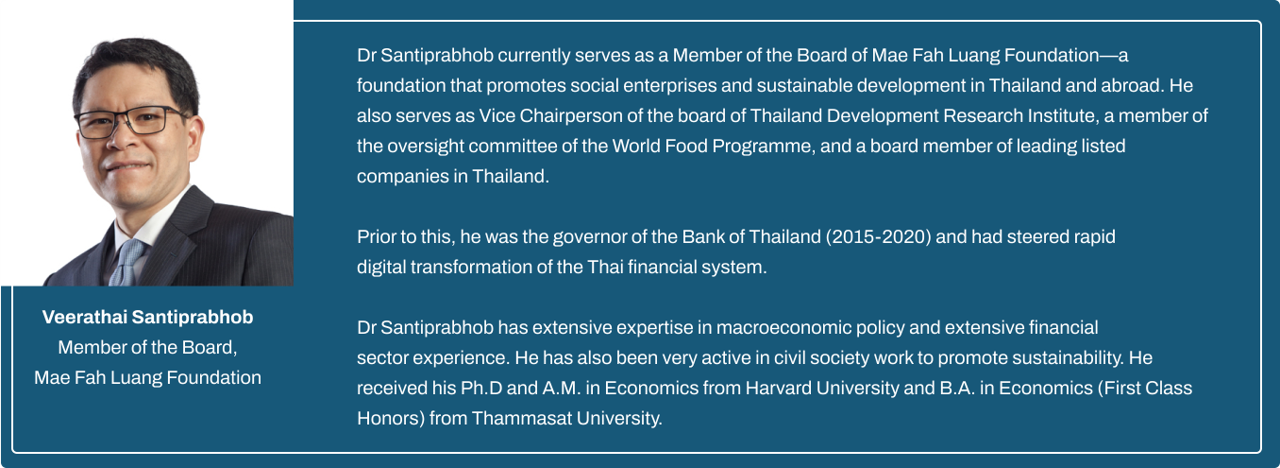












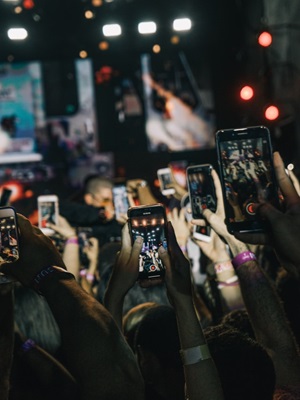
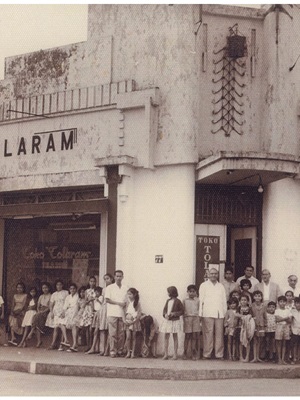
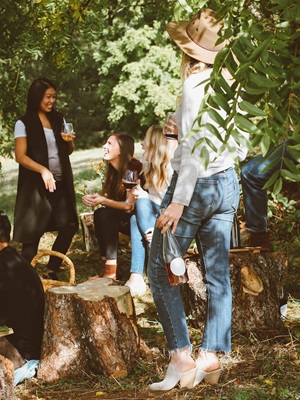
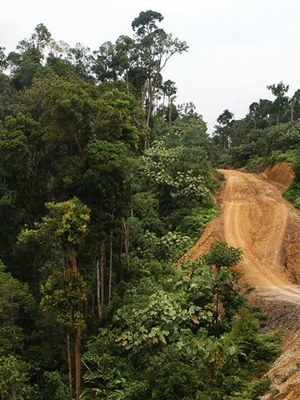
a year ago
I often saw such contradiction during Car-Free Day in Jakarta, where people do various sports, in order to maintain a healthy lifestyle. They often intentionally carry plastic-bottled water because they don't want to bother carrying the bottle after they finish the water. This is also due to the fact that there's nowhere to put their bottles safely around the area, neither is there any refill station. Consequently, the bins around the area overflow with plastic bottles.